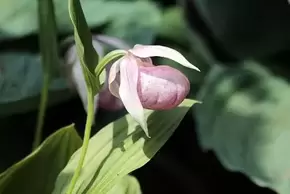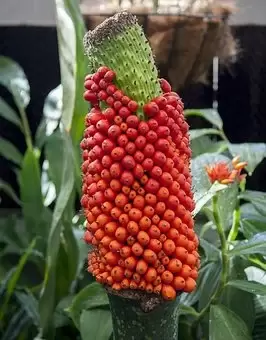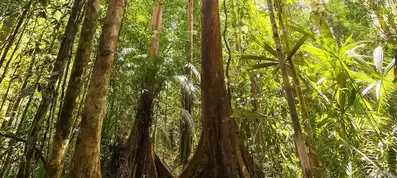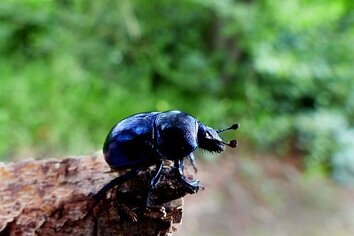|
2/1/2021 Valentine’s Day for Dung Beetles We are solidly in winter and you have gotten used to writing a new year digit for the date. It must be February! If you are a high school teacher, you know that means that some club will be raising money by selling carnations or chocolate kisses, since even a twelve-year-old is too old for Valentine’s cards! Even so, your students will be giddy, giggly, and gossipy about “love”. How does a teacher, determined to stick to the curriculum, cope in the face of that? Festive and Content Driven I have a perfect solution. Be festive and still be content driven. Teach a lesson about unusual flowers and their reproductive practices. Play this as you start the lesson: https://www.youtube.com/watch?reload=9&v=NNC0kIzM1Fo Show this video: https://www.youtube.com/watch?v=PSMKcE5XbAQ The Corpse Flower The corpse flower (Amorphophallus titanium) is a pungent plant that blooms rarely and only for a short time. The plant's strong odor attracts dung beetles and other pollinators who think the flower may be food. They fly inside, realize there is nothing to eat, and fly off with pollen on their legs.  Once the blooming begins, it occurs in two stages on consecutive nights: essentially a "female" stage and a "male" stage. During the first stage, carrion beetles drawn by the stench of death and human-like body temperatures, creep inside the vase-like structure and unknowingly deposit pollen on the receptive female flowers. During the second stage, the structure begins to collapse, the "fragrance" fades and the insects begin to head out. As they leave, the beetles rub up against the pollen in the male flowers and are now ready to carry the pollen to another nearby female flower.  Amorphophallus titanium grows in the wild only in tropical regions of Asia. It is classified as "vulnerable" on the International Union for Conservation of Nature's (IUCN) Red List of Threatened Plants. Its main threat is habitat loss and destruction. As of now, the Sumatran rainforests are under major threat of deforestation as huge areas are logged for timber to clear space for palm plantations. Bringing the Corpse Flower to the Classroom I have had students complete a “Do Now” in my class called Corpse Flower. As with other “Do Nows”, students generate context-based guesses to fill in the blanks of a reading selection. The article could also be used as a tie-in to reproduction, cellular energy, ecology, and evolution units. But it is also soooo perfect for a Malodorous Dung Beetle Valentine’s Day! An Activity You can do in your class too!Here is a color-coding activity of the life cycle of Amorphophallus titanium you could use to extend the lesson.
0 Comments
|
AuthorGertrude Katz has spent over 30 years teaching K-12 public school students all major subjects. She has taught biology and education at the college level. The majority of her career has been spent instructing biology at the secondary level. Categories
All
|
 RSS Feed
RSS Feed